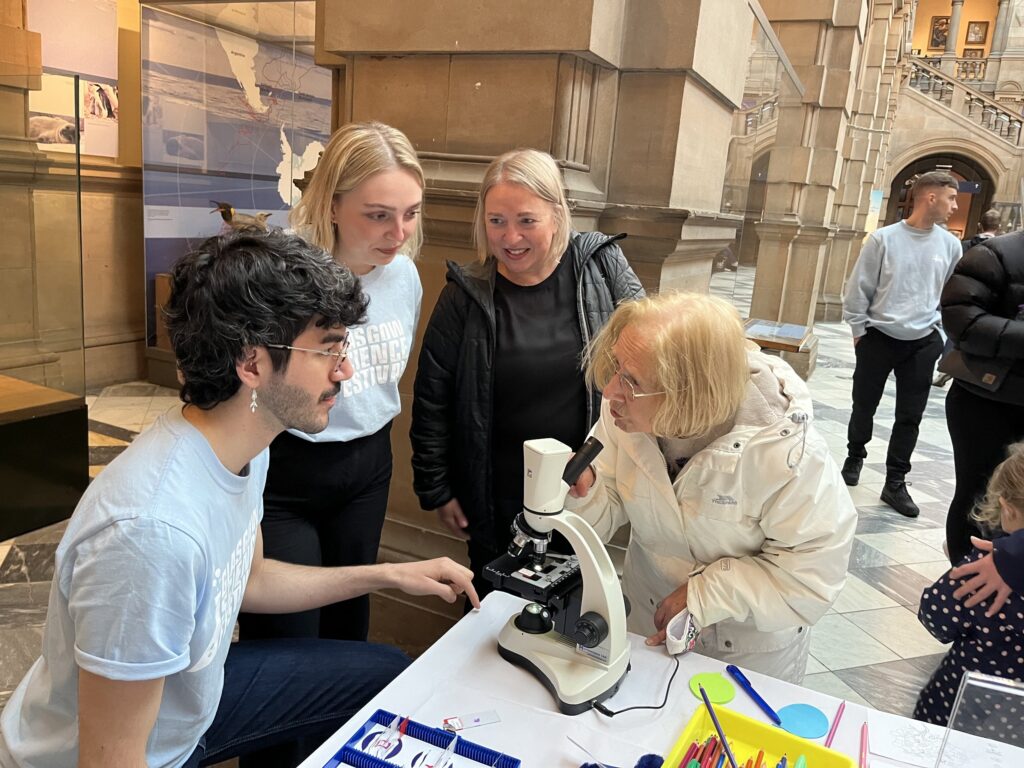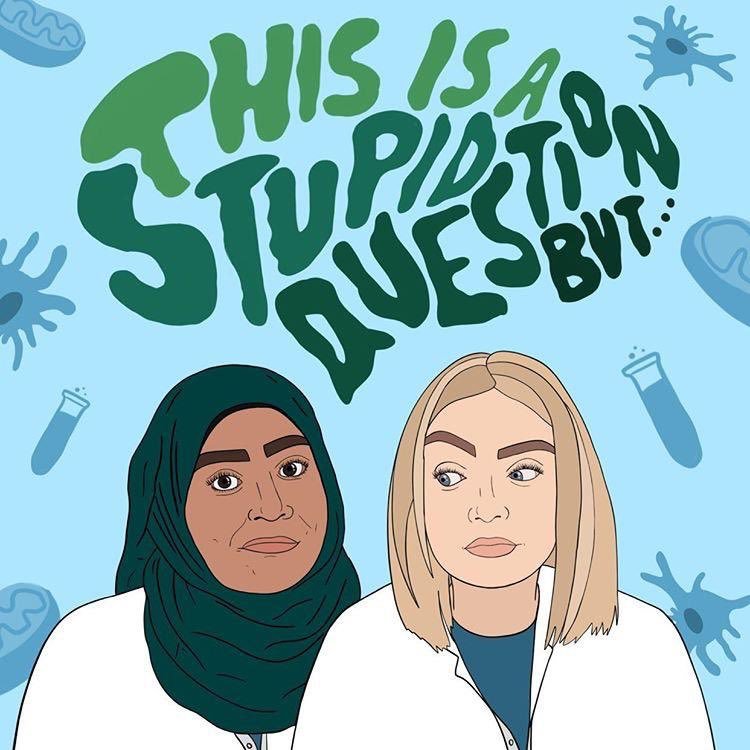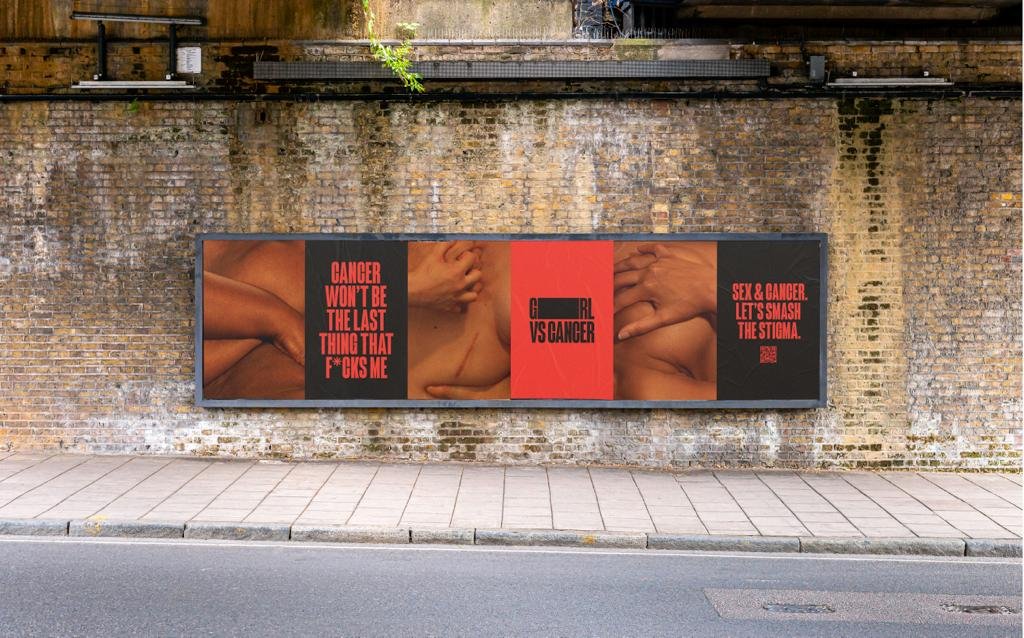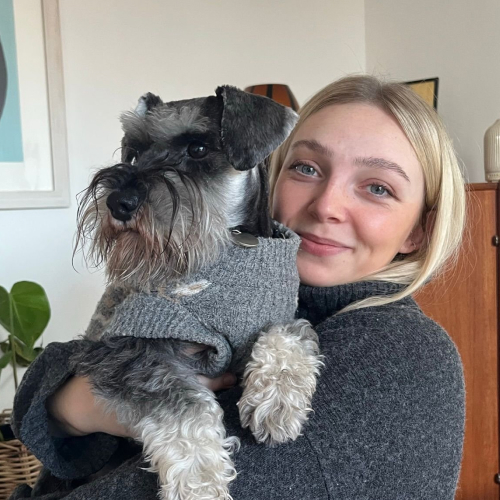Would you like to start writing, but don’t know where to begin? In this blog, Jenny Lester from our 30 under 30 2023 list, gives us a quick guide on how to start the process!
- 30 under 30
- Top tips
Using chattiness to develop a career in science communication.
In this blog, Amy Lee Shergold from our 30 under 30 2023 list, discusses how she found her niche within her scientific career. Amy works in immunology research and science public engagement and is based in Glasgow. You can read her full 30 under 30 bio here.
Looking back at my school report cards, the recurring themes suggested by my teachers to my mum were “Amy excels in science class but can be distracted by classroom chatter”. The thing is, I just bloody love a good ol’ blether. From a stranger on the bus to my nearest and dearest, everyone’s got a story to tell and I’m here to listen, learn and add my own spiel.

As a scientist, my love for chatting has allowed me to dive into the public engagement world and relay science to the average punter. As much as research is vital, I would argue that communicating science to the public is even more crucial, especially in today’s climate *cough science misinformation cough*. One of my main passions is increasing the accessibility of scientific information and collaborating with the public to make sure lived experiences are at the forefront of scientific planning. This could mean sharing scientific information with members of the public and learning their needs and opinions on how research should progress.
Being creative about communicating science has allowed me to identify which activities I find most rewarding and begin to build a career in public engagement. Initially, I volunteered at science festivals and STEM events within schools however after hosting a science event for incarcerated folks, I found my niche: science communication with adults!

Since then, I have co-developed and co-hosted an accessible science podcast called “This is a stupid question but…” A title which plays on the imposter syndrome themed statement that many people from underrepresented groups use to introduce their very valid questions. On the podcast, we answer scientific questions and interview experts in the field. For example, I have talked to experts in palaeontology, climate activism and optometry. An ideal scenario for someone like me who loves to chat!

Alongside science communication and the podcast, I also do copywriting, research and social media management for the charity GIRLvsCANCER (GVC). GVC advocates for understanding and improving the lives of people living with a cancer experience. One of my main roles has been interviewing members of the cancer community. In this role, I have created a safe space where people can share their stories while I guide the conversation to gain meaningful insights into their experiences. I then share these experiences via creative social assets and use them to develop future campaigns.
One of the main themes I have noticed throughout these roles is a disconnect between medical providers, scientists, and the public. It is essential that a bridge is built between these groups to allow two-way communication and collaborative planning within science. This thinking has led my niche to develop further into: communicating science with adults and collaborating with them to create patient-led healthcare and research.

If you are at the beginning of your journey into science engagement, it can be daunting to know where to start. My advice would be to volunteer at engagement events and identify organisations that focus on the scientific themes you are passionate about. The more experience you get, the more you will define your niche and passions and how to use your skills in the best way. For me, that skill is exploiting my love of a natter to create meaningful conversations between the public and scientists.
Science engagement doesn’t just have to be communicating science to the public, it can also mean promoting diversity within scientific fields and tackling issues that marginalised groups face. For example, within my research institute, I have been involved in organising International Women’s Day events where we discuss the reasons why women avoid and leave science. We then took this theme into schools where we engaged with young girls who were interested in a scientific career. We discussed the challenges women, and marginalised groups, face and what different careers in science can look like.
Finally, my message to all scientists and medical providers would be to identify what your skill is, so you can get communicating and collaborating with the people that your work aims to support.

Amy is part of our 30 under 30 2023 list.
She works in immunology research and science public engagement and is based in Glasgow.
Read Amy’s full 30 under 30 profile here.
Would you like to start writing, but don’t know where to begin? In this blog, Jenny Lester from our 30 under 30 2023 list, gives us a quick guide on how to start the process!
Guest blogger Jenny Lester reflects on soon turning 30, by asking friends, family and colleagues of different ages to impart advice and knowledge about this stage of life, where they are now, and what’s to come.
Earlier this week, we launched the findings of Young Women Code, our collaborative research project with CodeClan, that will contribute to ending gender disparity in the digital technology sector in Scotland. Read the Summary of our Findings and Key Recommendations here.